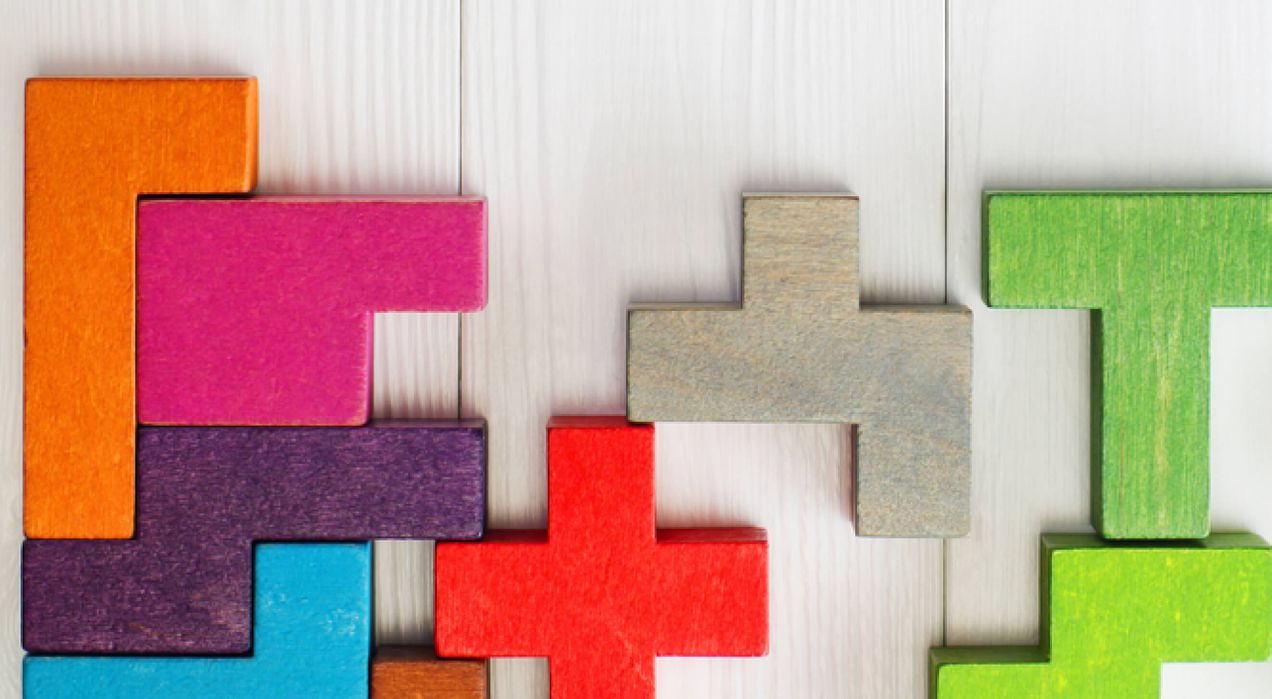150+ Funny work jokes so good, even HR might laugh
Ever noticed how a good laugh can turn a stressful day around? In the workplace, humor isn’t just about cracking jokes—it’s a secret ingredient for a positive, engaged, and high-performing team that just doesn't talk business. Adding a little humor to your workday is no more just a joke anyway.
False accusations at work: How HR can protect both people and policy
Navigating false accusations at work requires HR leaders to balance empathy, clear communication, and thorough investigation. This guide explores the impact of false claims, reasons behind them, and effective strategies to manage such situations while maintaining trust and morale within the team.
Team cohesion as a growth driver: How a unified team boosts results
Team cohesion is the degree to which team members feel connected, aligned, and committed to working together toward shared goals. It's not just about getting along or being friendly at work. It's about forming a deep sense of unity that helps people collaborate effectively.
How manager effectiveness shapes company culture and drives employee engagement
Manager effectiveness is the ability of a manager to drive results while supporting, developing, and engaging their team. It’s that sweet spot where performance and people meet, which many strive to improve manager effectiveness. It’s not about micromanaging or being everyone’s best friend.
Team goals that shape culture: Align your people around purpose and performance
Team goals are the shared targets or outcomes a group of employees commits to achieving together. Unlike individual goals, which focus on personal milestones, team goals unite everyone around a common purpose. At their core, team goals serve as a collective agreement on what matters and why.
Designing a team building experience that drives real connection
Designing a team building experience that fosters collaboration and strengthens relationships is key to boosting team performance. Discover strategies to create meaningful, engaging activities that drive real connection.
Bad work culture costs more than you think—here’s how to spot it and turn it around
A bad work culture refers to an environment where unhealthy norms, poor communication, and unaddressed issues shape the daily experience for employees. It’s not always about loud outbursts or open conflict—sometimes, it’s the quiet tension, lack of support, or the feeling that speaking up is risky.
What can you learn from Microsoft’s company culture: Key takeaways for leaders
Microsoft’s culture of growth, diversity, and innovation—championed by Satya Nadella—boosts employee satisfaction and drives success. Learn how to revamp your company culture using insights from their approach.
15 Benefits of internal hiring: How smart companies win from within
Internal hiring is when a company fills a job vacancy by promoting or transferring an existing employee rather than recruiting someone new from outside. Instead of advertising widely or searching externally, the business looks inward to find the right fit.
Payroll checklist made simple: What to do before, during, and after payroll
Discover how a well-structured payroll checklist simplifies every stage of payroll—before, during, and after. Learn how to stay compliant, avoid errors, manage taxes, track payments, and boost efficiency. Plus, see how employee feedback can help spot issues early and improve payroll accuracy.
Inclusive communication in the workplace: The culture lever HR can’t afford to ignore
Inclusive communication is the practice of sharing information in ways that respect, acknowledge, and include everyone, regardless of their background, language, ability, or communication style. It’s not just about what you say, but how you say it and who gets to speak.
Behaviorally anchored rating scale: How to use BARS for fair and accurate performance reviews
Learn how to use Behaviorally Anchored Rating Scale (BARS) for fair and accurate performance reviews. Understand how this method provides clear, behavior-based feedback, reduces bias, and ensures consistency, making employee performance evaluations more effective.
How organizational citizenship behaviour drives culture, engagement, and team success
Organisational citizenship behaviour (OCB) plays a critical role in shaping workplace culture, boosting engagement, and enhancing success through voluntary actions. Learn how HR, managers, and leaders can support OCB through recognition, feedback tools, and best practices without causing burnout.
Why unrealistic expectations at work backfire and how to set smarter goals
When expectations are too high, teams suffer. Discover how to identify unrealistic goals, understand their negative impact, and implement smarter, more sustainable strategies that support success and employee engagement.
Why should pay equity be a core part of your people strategy
Pay equity refers to the practice of compensating employees equally for work of equal value, regardless of gender, race, ethnicity, age, or any other unrelated factor. It ensures that two people are doing substantially similar work—requiring comparable skill, effort, and responsibility.
How do you design a performance review program that actually works?
A performance review program is a structured process that helps employers evaluate and guide employee growth, performance, and contributions over a specific period—usually quarterly, biannually, or annually. It’s more than just ticking boxes or rating skills; it involves clear evaluation criteria.
10 Examples of innovation in the workplace every forward-thinking company needs
Innovation in the workplace is crucial for staying ahead in today’s fast-paced world. From hybrid work strategies to AI-driven recruitment, discover 10 examples that can enhance engagement, attract top talent, and improve productivity. Learn how to foster a culture of creativity and progress.
How to manage high workload without burning out your team
A high workload refers to all the tasks, responsibilities, or expectations placed on an employee that surpass their normal capacity to handle within working hours. It’s not just about being busy—it’s when the volume, pace, or complexity of work starts to feel overwhelming and unsustainable.
Leadership strengths that define successful leaders in 2025
Great leaders aren’t just born, they develop key leadership strengths like communication, adaptability, and emotional intelligence to inspire teams and drive success. This guide explores the strengths of a leader, how to nurture them, and why alignment with culture matters for long-term impact.
What is talent development: Top strategies and examples to empower your employees
Talent development is a strategic approach to enhancing the skills, knowledge, and capabilities of employees within an organization. It goes beyond traditional training programs by focusing on continuous learning and personal growth.
15+ Development areas for managers to build strong leaders for your organization
Discover the essential leadership development areas that help managers grow and inspire their teams. From fostering emotional intelligence to mastering time management, these strategies enable managers to lead effectively, driving both personal and team success.
15 Strategies to supercharge employee satisfaction & productivity in 2025
Employee satisfaction refers to how content and fulfilled employees feel in their roles, job and work environment itself, and overall experience within a company. It goes beyond just liking a job—it reflects whether employees feel valued, supported, and motivated to contribute.
How to improve employee experience and create a positive work environment
Employee experience refers to the overall journey an employee has within an organization, from the moment they hear about the company to their final day. It encompasses every touchpoint, including recruitment, onboarding, daily tasks, team dynamics, professional development, and even their exit.
Employee motivation rewards: How to engage and retain your workforce in 2025
Implementing an employee motivation rewards program goes beyond perks—it's about recognizing employees in a way that truly motivates them. Align rewards with company values, mix incentives, and personalize recognition. A thoughtful approach boosts engagement, retention, and workplace culture.

























